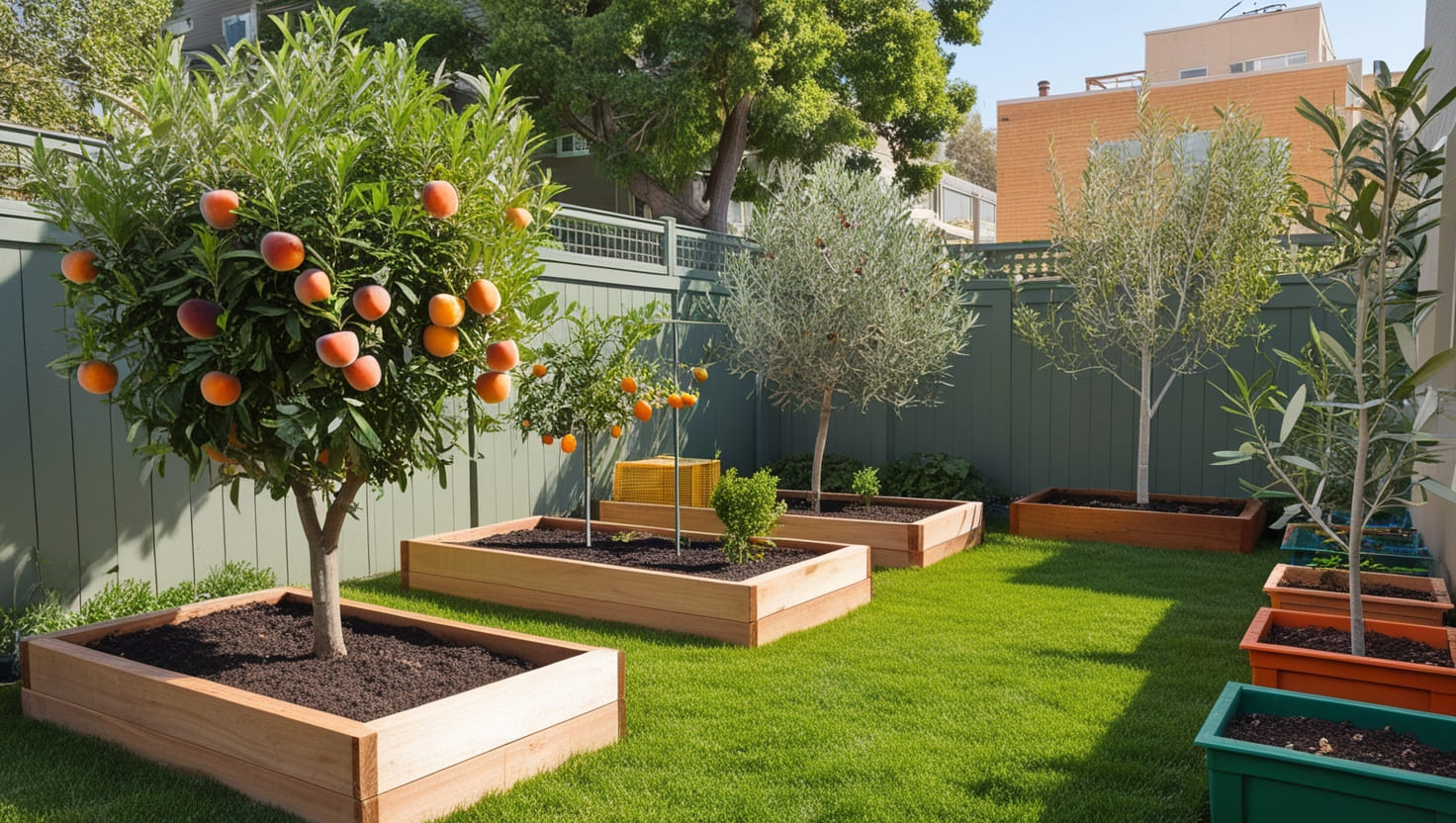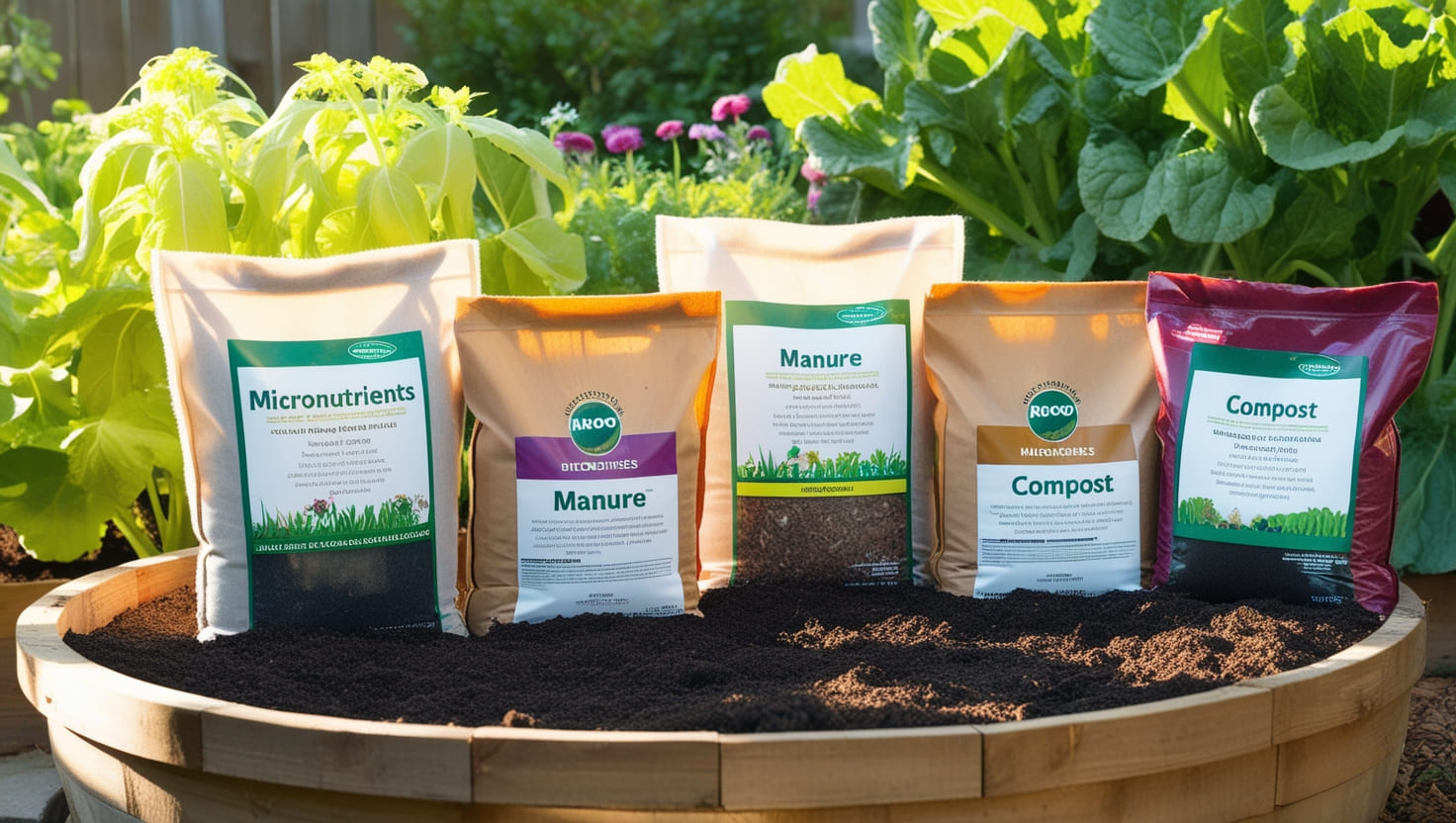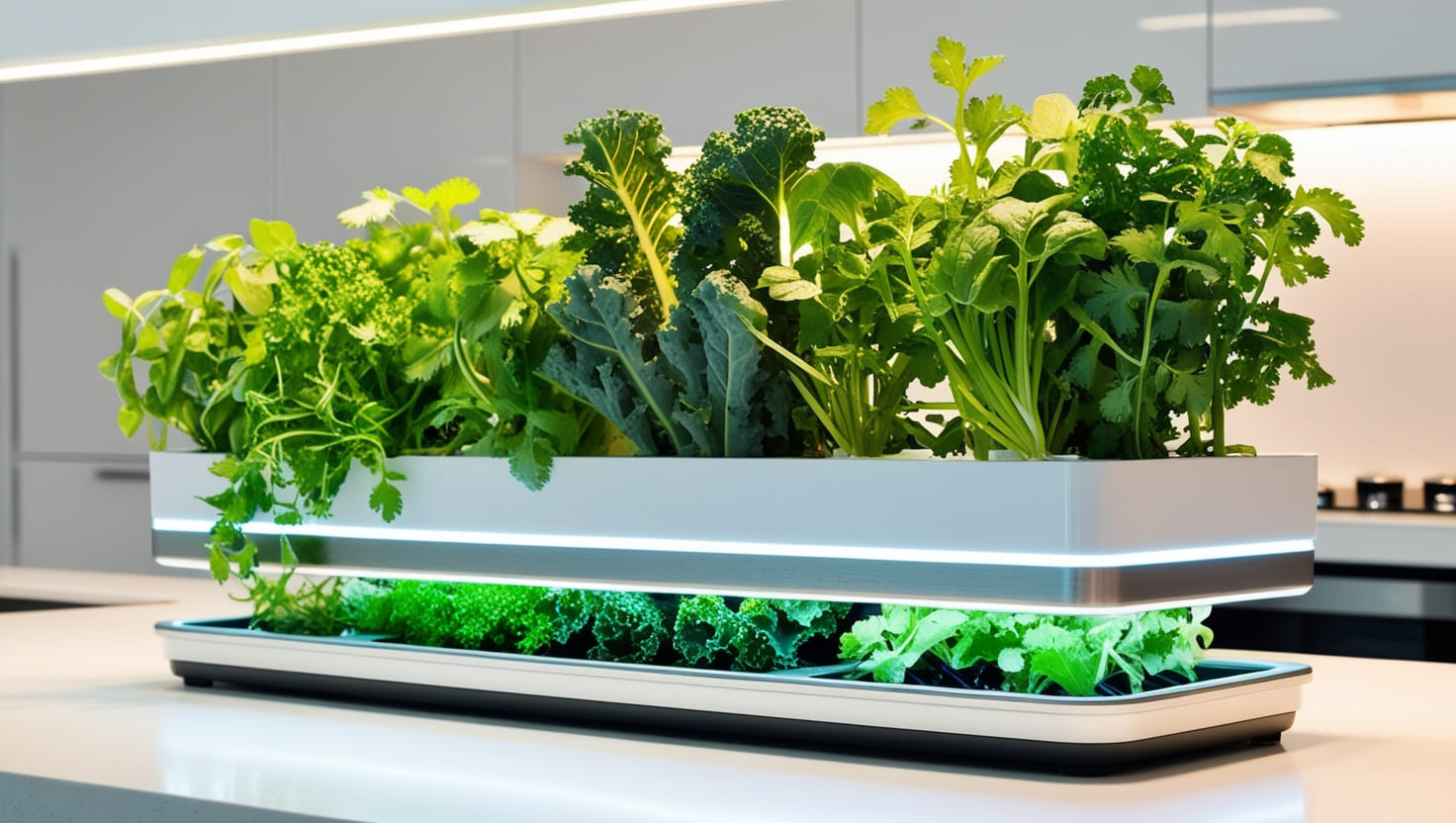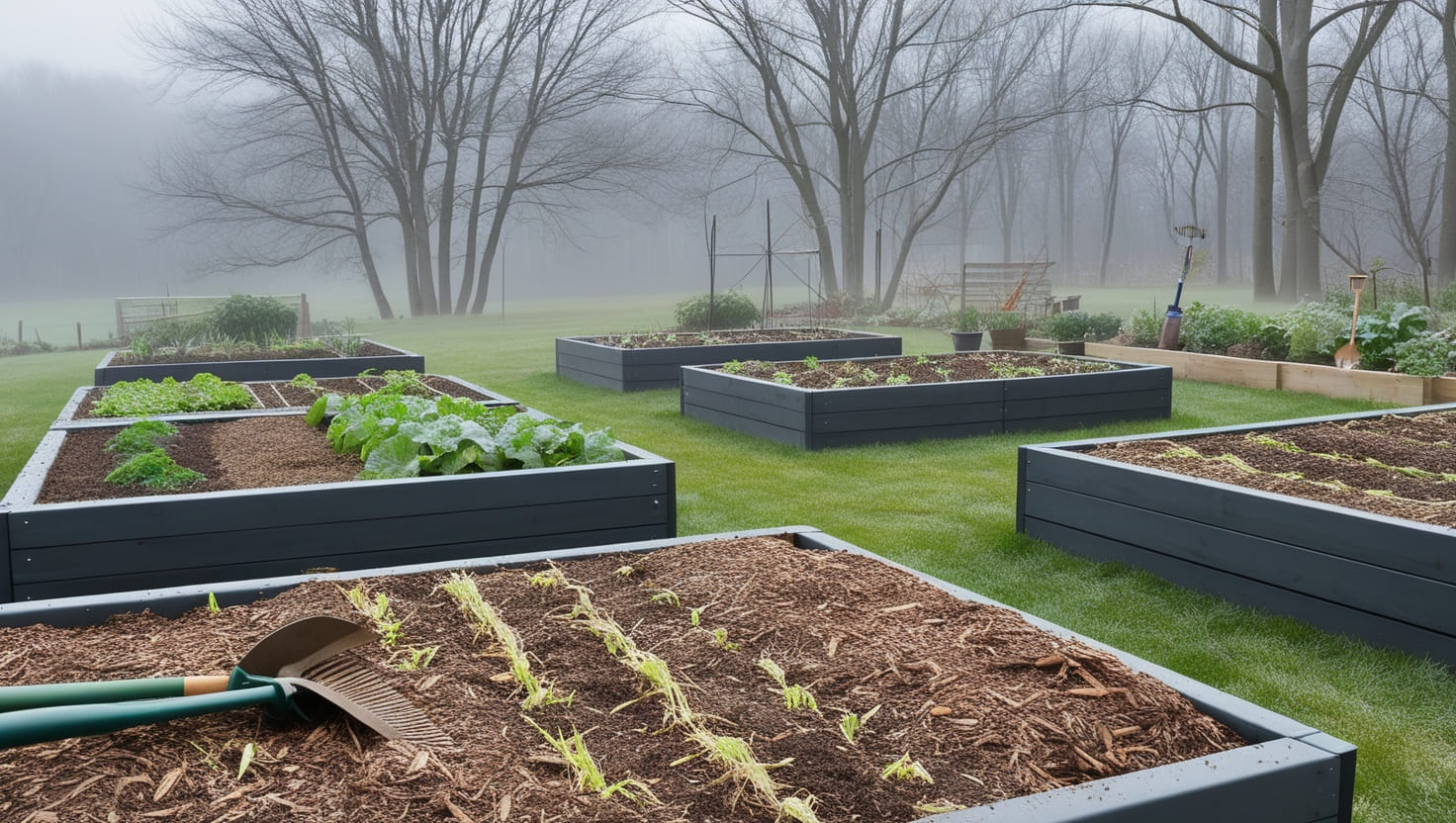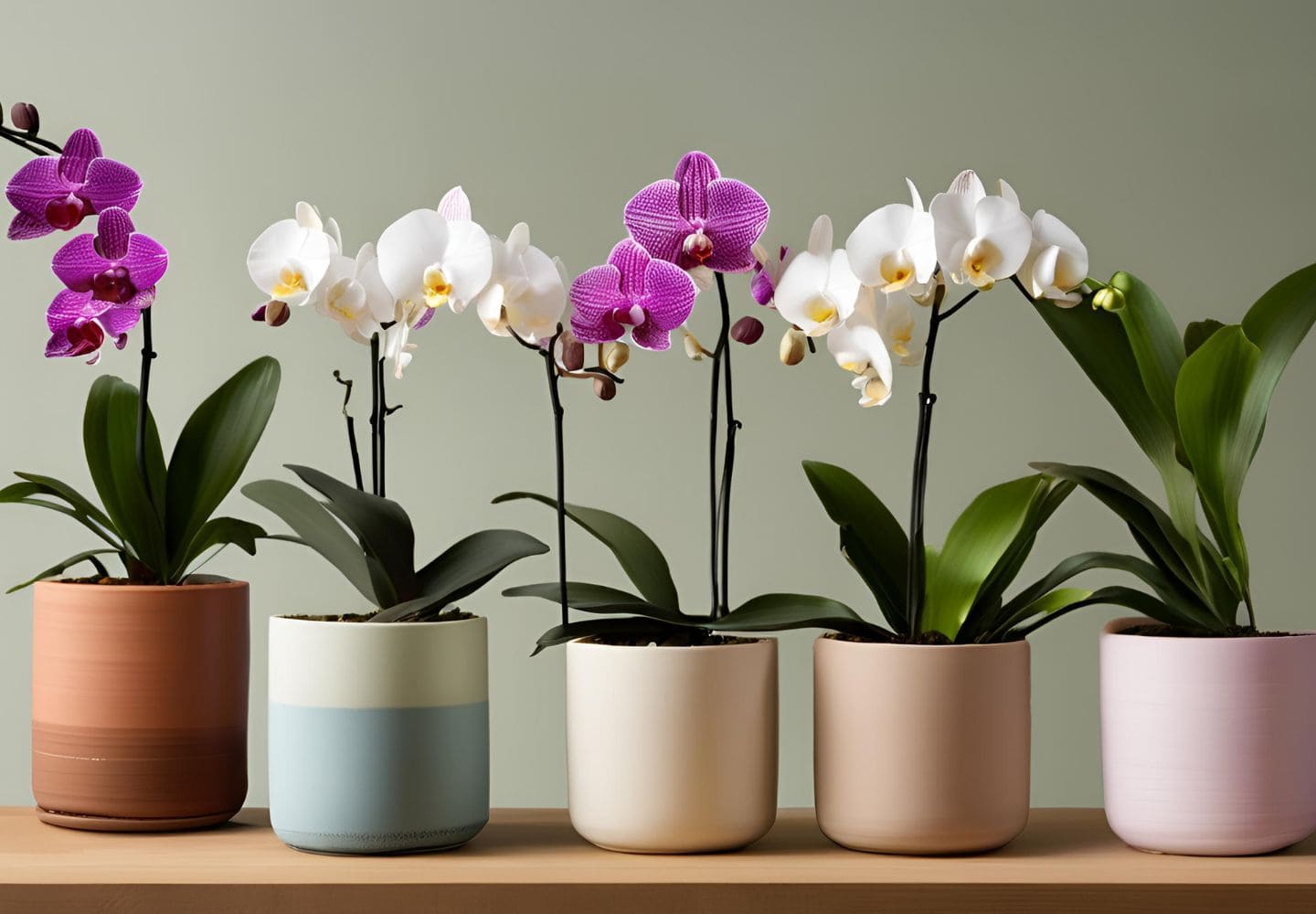
Introduction
One of the most prevalent houseplants is definitely Orchid, it has many sub-classes extending its exotic looks and features. But, mostly it depends on choosing the right pot is success of their growth. The type of pot you choose can play a key role in the overall health, growth and blooming cycle for your orchid. This post is your ultimate guide to choose the right pot for your orchid, explaining you about what types of pots are on hand and seeking out how a number of these can also serve as great solutions when repotting.
Types of Orchid Pots
Glass Pots
Glass pots offer a clear view of the orchid’s roots, which can be beneficial for monitoring their health. However, they can retain too much moisture and heat, so they require careful watering and placement.
Clay Pots
The reason for such popularity of clay pots is because they are porous and allow better air flow around the root zone which aids in water usage. While they are quite dense, which can be helpful for larger orchids like those you see below that won the AOS medal last year and provide good stability to taller plants while requiring less support-slots cut in sides make them easier to tie up than wood-the moisture content of coconut husk chips is considerably lower.
Plastic Pots
Plastic pots are lighter and hold on to moisture for longer periods, which is good in cases when orchids tend to dry out fast. They are also cheap and available in various sizes with flexible forms.
Ceramic Pots
Pros: Ceramic pots (whether glazed or not) are absolutely gorgeous and retain moisture. But they can be quite bulky and not offer much drainage which is why it’s important to make sure that the pot has robust drainage holes.
| Feature | Plastic Orchid Pots | Clay Orchid Pots | Mesh Orchid Pots |
|---|---|---|---|
| Material | Plastic | Clay | Mesh/Net |
| Weight | Lightweight | Heavier | Very Lightweight |
| Drainage | Good drainage holes | Moderate drainage | Excellent drainage |
| Air Circulation | Limited | Better than plastic | Excellent |
| Durability | Long-lasting | Breakable | Durable but flexible |
| Insulation | Retains moisture | Breathable, keeps roots cool | High airflow, less insulation |
| Cost | Affordable | Moderate | Varies, often affordable |
| Aesthetics | Simple, functional | Natural, earthy look | Modern, utilitarian |
| Root Growth Visibility | Hard to monitor | Hard to monitor | Easy to monitor |
| Best For | Beginners, indoor use | Outdoor, decorative use | Advanced growers, high airflow needs |
Pot Size and Orchid Growth
Choosing the Right Pot Size
The pot is used for orchid growth which determines a lot of things. If you use a pot that is too big this will retain to much moisture which could result more often than not in root rot if it does nto manage to evaporate. A small container restricts the growth of your roots.
Root Health Determined by Pot Size
It is important that you use a pot in which the roots could grow themselves. The trick to keeping orchids happy is allowing their roots to be a little bit root bound as they like it that way.
Repotting Orchids
Orchids usually have to be repotted every other year or once a year. Repotting stimulates the potting medium, prevents root rot and promotes growth.
Pot Features for Orchids
Drainage Holes
Orchids NEED really good drainage so they cannot be planted in the ground because it will get too soggy… and that leads to root rot. Make sure your pot has enough drainage holes for the excess to go away.
Airflow Considerations
To keep your orchid roots healthy, they need to breathe. Side slats or extra holes on the pot will aid in air circulation, which is what these plants crave.
Transparency and Light Access
A few orchids appreciate light on by roots! mimicking the leaf canopy cover in their natural habitats. In such situations transparent or translucent pots can be of great help.
Pros and Cons of Different Pot Materials
Clay Pots: Pros and Cons
Pro: Passes the breathability test, made from natural material for most users, stable.
Drawbacks: May dry out, heavy.
Plastic Pots: Pros and Cons
Pros: It is a lightweight and breathable material helps the product to retain moisture, inexpensive.
Negatives: Often keeps water too well, less sturdy.
Ceramic Pots: Pros and Cons
Pros: Good-looking, holds moisture well and is long-lasting.
Cons: Heavy, could be poor drainage
Glass Pots: Pros and Cons
Advantages: Makes the root zone visible, Affords an elegant look
Cons: Prone to overheating, too moisture-wicking.
Aesthetic Considerations
Matching Pots with Orchid Types
Some orchids look better in certain pots than others. For instance, Vandas usually love baskets and Phalaenopsis looks az best in a standard plastic pot.
Impact Of Pot Design On Orchid Appearance
The enneapetalous container orchid limelight show is another environment-friendly grow design, with vibrant yellow-colored blossoms taking prime billing in the pot.
Best Potting Practices
Potting Media Options
Another reason is that orchids require different soil than other houseplants. They do well in a local media mix such as bark, sphagnum moss or a mixture of the two. It all depends on orchid type and pot.
Inside-the-Pot Layering and Positionings
The way in which you layer up the potting media is also essential for orchid health. Begin with a draining layer, followed by the potting media you have selected making sure to keep your orchid secured.
Maintaining Proper Humidity Levels
Orchids thrive in high-humidity environments. To maintain humidity, consider using a humidity tray or misting the plant regularly.
Common Mistakes to Avoid
Overpotting and Its Risks
When you overpot — using a pot that is too large for the size root system of your plant, this means there will be more space around it holding moisture. This can lead to damping off (root rot). Pot size: Make sure your pots have enough room for the current roots but are not too large.
Ignoring Drainage Requirements
This leads to water stagnating at the base of the pot if there is not sufficient drainage causing root diseases. Make sure the pot has enough holes to drain.
Planting in Decorative pots with holes
Although decorative pots are lovely and can enhance your orchids aesthetics, they often have inadequate drainage. Or use them for an outer pot, and leave your orchid in a well draining inner pot.
Expert Insights on Orchid Pots
Selecting the correct pot is just as important when choosing your orchid. The right pot is the stage for living on, promoting good growth and perfecting nature’s splendor in these plants. – Expert Orchid Grower
Case Studies of Successful Orchid Growth in Different Pots
One case study observed how orchids planted in clay pots had much better root systems than those placed into plastic but it exposed the importance of air circulation.
Future Trends in Orchid Potting
Emerging Pot Materials
The use of modern day materials like biodegradable pots and self watering systems are the new norm with a lot of orchid growers.
Innovations in Pot Design
Airflow and drainage are emphasized in newer pot designs with some having built-in humidity trays or adjustable ventilation.
Sustainable Potting Solutions
Orchid cultivation is just one of many industries transitioning to sustainable practices, such as the use of recycled materials and eco-friendly potting media.
Conclusion
Making the correct choice with respect to what pot you use for your orchid is important as it can affect its overall health and longevity. With knowledge of pot options, features and guidelines for orchid planting you can make sure to help create an optimal arrangement in which your beautiful flowers will grow. Regardless of whether you pick clay, plastic, ceramic or glass ensure that the pot fulfills its specific orchid necessity. Happy growing!
FAQ.
The best pot material depends on the orchid species and growing conditions. Clay pots are ideal for airflow, while plastic pots are better for moisture retention.
Orchids should typically be repotted every one to two years to refresh the potting medium and accommodate growing roots.
Orchids can be placed in decorative pots, but it’s essential to ensure the inner pot has proper drainage to prevent water from accumulating at the roots.
